1. Lunar New Year atmosphere of the Central region people
People in the Central region often prepare for Tet quite early (Photo source: Collected)
Tet in the Central region starts quite early, from the 20th of the 12th lunar month, every family and every person is busy preparing to welcome Tet. By the 23rd of the 12th lunar month, people in the Central region will hold a ceremony to worship Ong Cong and Ong Tao at exactly 12 noon. Because according to the concept, after 12 noon, the gods have returned to heaven. The offering tray for Ong Tao in the Central region is quite simple, with only fruits, incense, and no carp like the people in the North. Instead, they often offer votive paper hats and clothes, and a fully saddled paper horse for the Tao to ride to heaven.
Particularly in the ancient capital of Hue , families also have the custom of setting up a pole in the yard on the morning of the 23rd, meaning that the Kitchen Gods will protect the house and the door on behalf of the Kitchen Gods. After the ceremony is completed, the homeowner will take the three old Kitchen God statues from the altar and bring them to the roots of ancient trees or shrines at the beginning of the village. Then, bring the three new Kitchen God statues home and put them back on the altar to worship for the new year.
On the first day of Tet, people in the Central region visit graves, go to pagodas to pray, and pray for their ancestors or gods to bless all family members. Only on the second and third days of Tet do they start visiting neighbors, distant relatives or close friends. The Central region also has the custom of "first entering the house" like the Northern people. The family will ask an elderly person, who is still healthy, has a high social status and prestige, or a smart, active, cheerful child to "first enter the house" at the beginning of the year.
2. Tet flower colors carry the rich flavor of the Central region
People are excited to go out to celebrate Tet (Photo source: Collected)
When mentioning the Lunar New Year in the Central region, the image of bright yellow apricot blossoms is indispensable. The apricot blossoms in the Central region are usually smaller in size than those in the South, but the bright yellow color evokes a feeling of closeness and warmth. Not only stopping at apricot blossoms, the Lunar New Year customs in the Central region are also associated with flowers with special meanings such as yellow chrysanthemums and marigolds. These two flowers not only symbolize longevity and fortune but are also considered as blessings for the family in the new year.
People in the Central region are not too particular about the arrangement of Tet flowers. They tend to choose simple flowers that are suitable for the family space, expressing the spirit of thrift and closeness. In particular, planting apricot blossoms in front of the house or displaying apricot branches on the ancestral altar is considered a popular custom, highlighting the beauty of the spring of the Lunar New Year in the Central region.
3. The bustling atmosphere of the Central region's Tet market
Tet market - one of the spring traditions of Vietnamese people (Photo source: Collected)
One of the most interesting things about the Central region’s Lunar New Year is the atmosphere at the Tet markets. In the days leading up to Tet, people flock to the markets to shop, creating a vibrant and spring-filled atmosphere. The Central region’s Tet markets are not only places for buying and selling, but also places that preserve the long-standing cultural memories of this land.
At Tet markets, you will easily come across stalls selling apricot blossoms, kumquat trees, chrysanthemums, Tet jams, Chung cakes, Tet cakes and even decorative items. People in the Central region often take the opportunity to choose essential items to prepare for Tet. This is also an opportunity for them to fully enjoy the Tet atmosphere before entering the new year.
4. Simple but meaningful Tet fruit tray
The Tet fruit tray of the Central region people is simple but full of meaning (Photo source: Collected)
The Tet fruit tray in the Central region is characterized by simplicity, not as elaborate as in the North or the South. Due to the harsh climate, people in the Central region often choose locally available fruits such as dragon fruit, watermelon, peach, apple, pear to decorate. Although not diverse, the Tet fruit tray in the Central region still follows the feng shui principle of "Prosperity - Nobility - Longevity - Health - Peace", expressing respect and wishes for a new year of peace and prosperity. However, the simplicity and flexibility in the arrangement of the Tet fruit tray has become an indispensable part of the Tet customs in the Central region.
5. Cooking banh chung and banh tet – A long-standing tradition of Vietnamese people
If banh chung is the symbol of Tet in the North, banh tet is the typical dish of Tet in the Central region. Banh tet is made from sticky rice, green beans, fatty meat and wrapped in banana leaves. The custom of wrapping and cooking banh tet not only has the meaning of offering to ancestors but also is an occasion for families to gather together and share the joy of the end of the year.
In the Central region’s Lunar New Year customs, banh tet is not only a dish but also a symbol of connection and gratitude to ancestors. People often offer the cake to the family altar as a wish for a new year full of happiness and peace.
6. Prepare the tray of offerings
Tet holiday tray (Photo source: Collected)
Looking at the offerings of the Central region, we can immediately see the typical features of the traditional Vietnamese New Year customs of this place. That is the simplicity of the specialties of this sunny and windy land. These include white rice, braised fish, boiled chicken, spring rolls, vermicelli soup, raw vegetables, etc. A custom that needs to be mentioned is that when people in the Central region cook offerings, they season them without tasting them, because they believe that their ancestors must enjoy them first.
7. New Year's lucky money custom
The custom of giving lucky money is an indispensable cultural feature during the Lunar New Year in the Central region. The bright red lucky money envelopes symbolize luck and fortune. Adults often give lucky money to children with wishes for good behavior and good study, while children give lucky money to their grandparents and parents with wishes for health and peace in the new year.
8. Going to the temple to pray for peace and other spring activities
Just like the North or the South, people in the Central region also have the custom of going to the pagoda on the morning of the first day of Tet to pray for peace and happiness. This is also an opportunity to participate in folk festivals, traditional games such as Bai Choi singing, boat racing, or other spring activities. These beauties make a Central region Lunar New Year rich in cultural identity.
The Central region’s Lunar New Year is simple yet unique. Traditional customs such as making banh tet, worshiping ancestors, giving lucky money at the beginning of the year all represent the long-standing cultural beauty of the Central region. Not only is it a time for family reunion, Tet is also an occasion for the people of the Central region to express their gratitude and wish for a good new year.


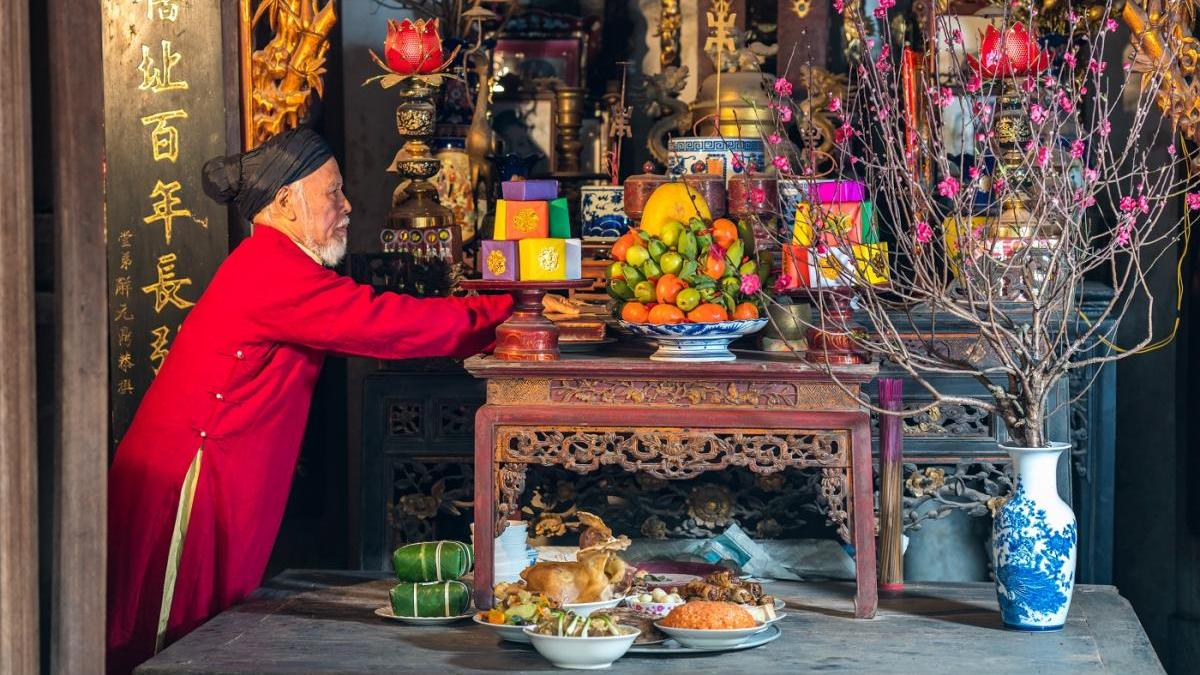
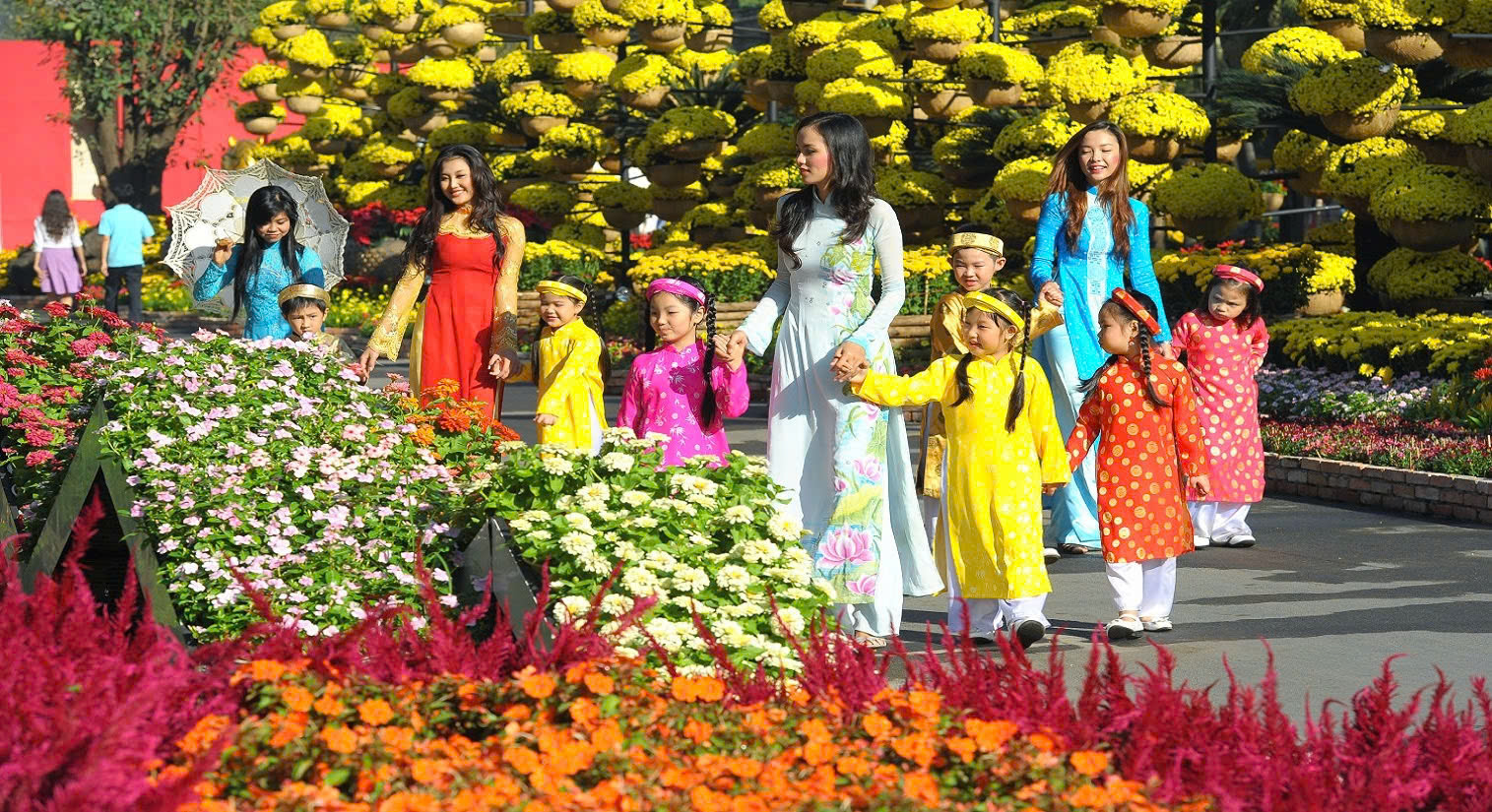
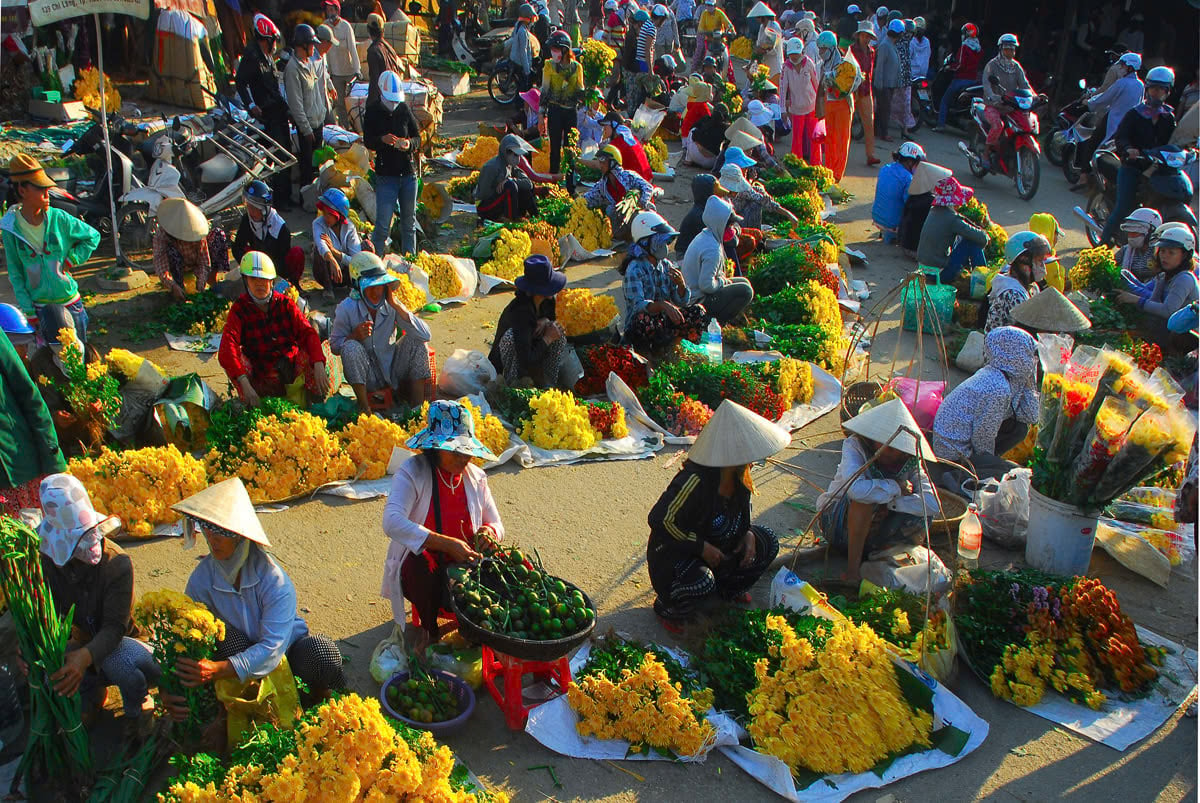
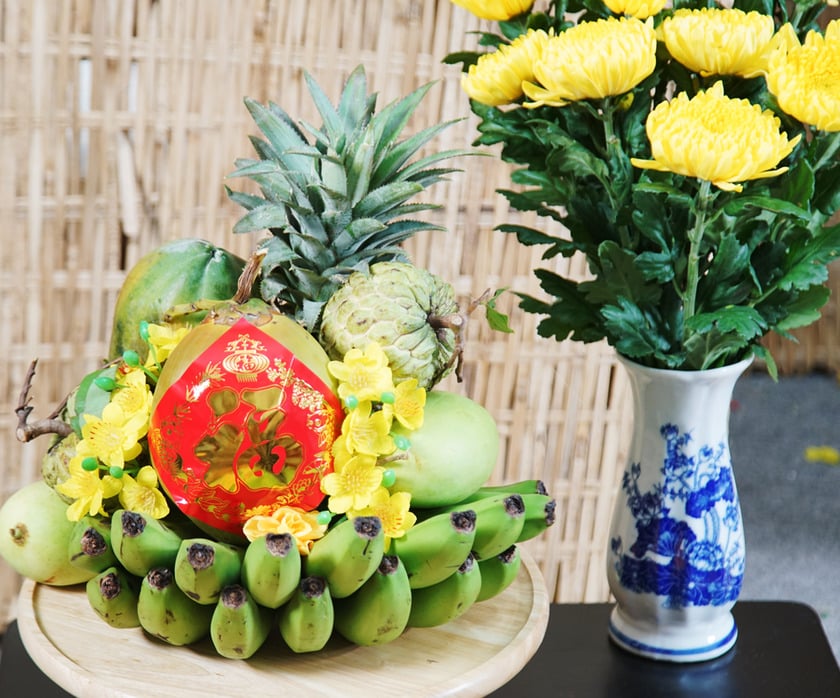





![[Photo] Cat Ba - Green island paradise](/_next/image?url=https%3A%2F%2Fvphoto.vietnam.vn%2Fthumb%2F1200x675%2Fvietnam%2Fresource%2FIMAGE%2F2025%2F12%2F04%2F1764821844074_ndo_br_1-dcbthienduongxanh638-jpg.webp&w=3840&q=75)

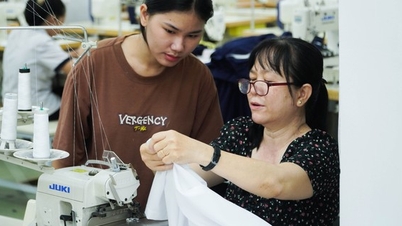

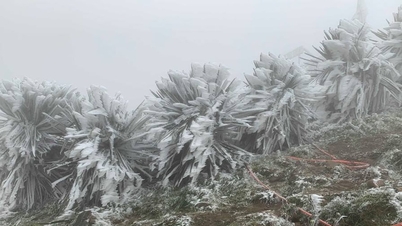



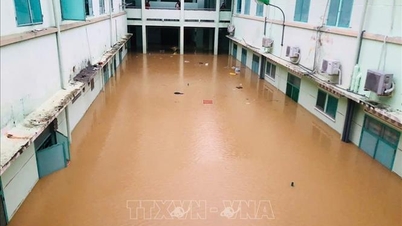
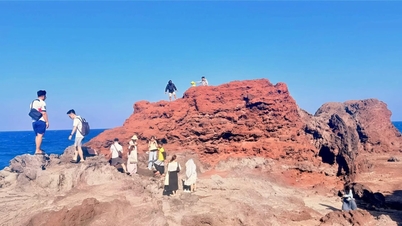



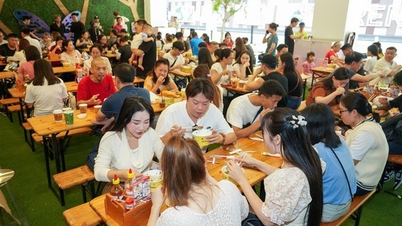


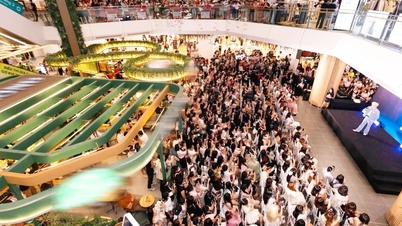

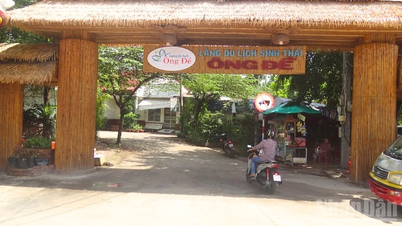



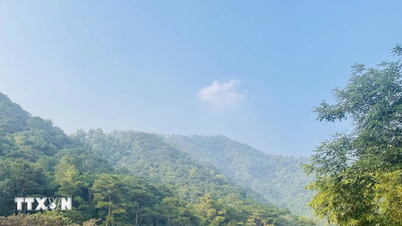





![[VIMC 40 days of lightning speed] Da Nang Port: Unity - Lightning speed - Breakthrough to the finish line](https://vphoto.vietnam.vn/thumb/402x226/vietnam/resource/IMAGE/2025/12/04/1764833540882_cdn_4-12-25.jpeg)
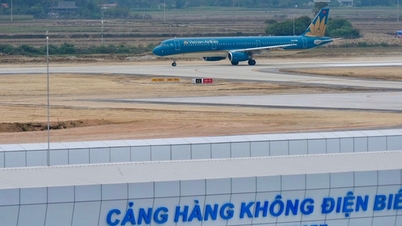
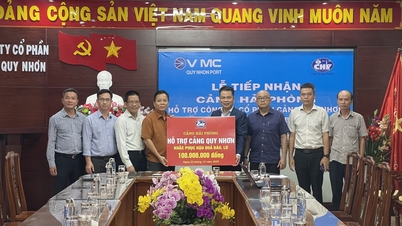
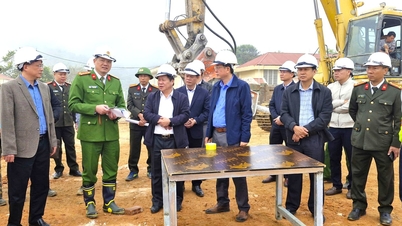
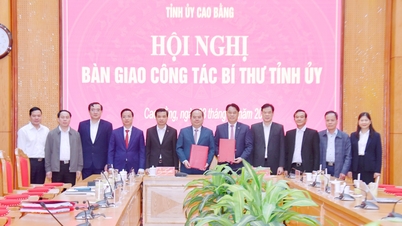
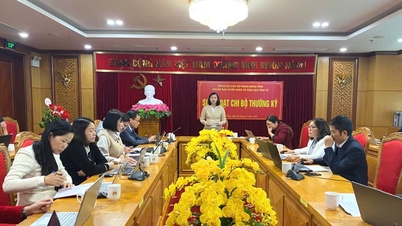

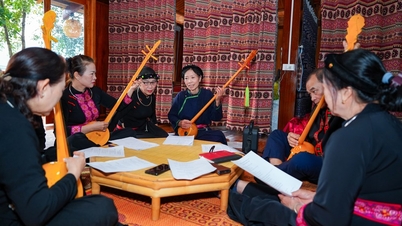


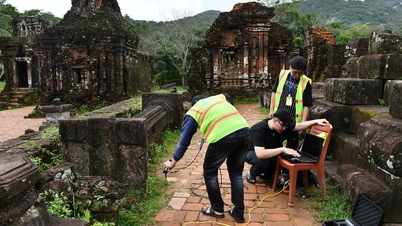
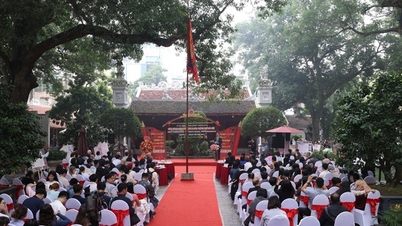






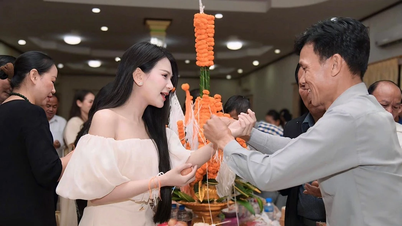
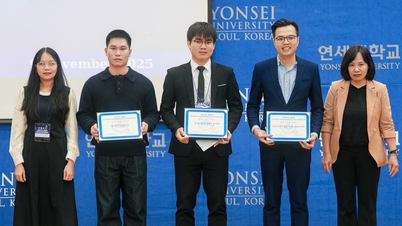

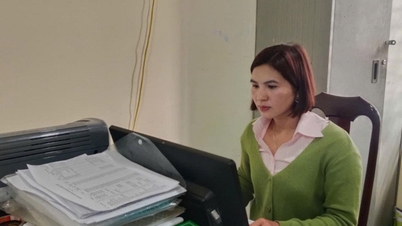

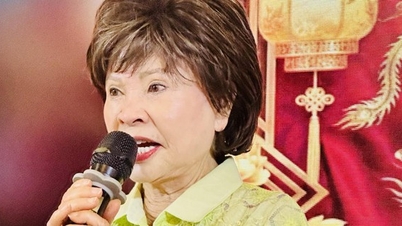


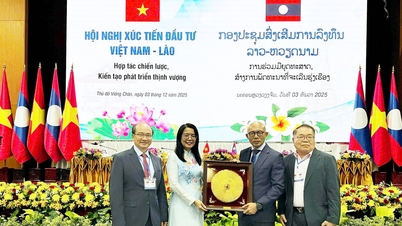
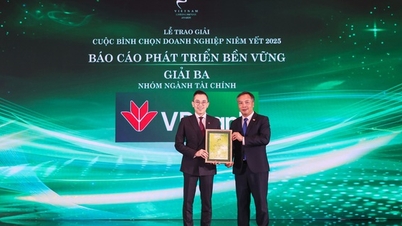



![[VIMC 40 days of lightning speed] Hai Phong Port determined to break through, reaching the target of 2 million TEUs by 2025](https://vphoto.vietnam.vn/thumb/402x226/vietnam/resource/IMAGE/2025/12/04/1764816441820_chp_4-12-25.jpeg)

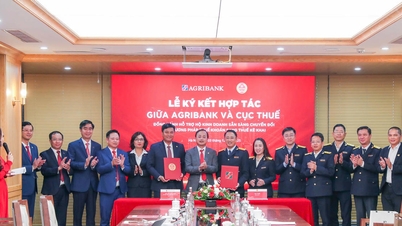






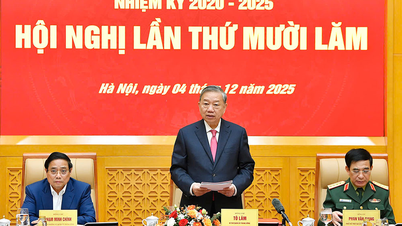




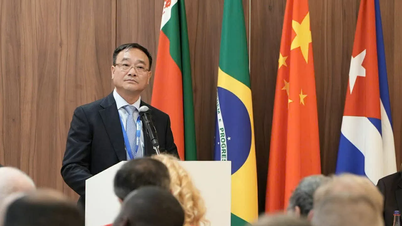



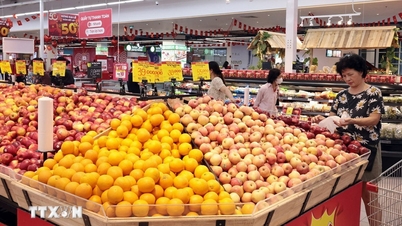
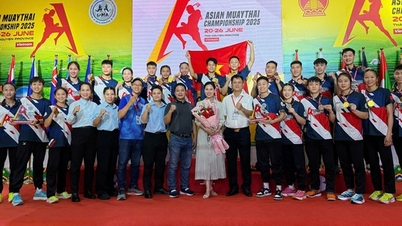


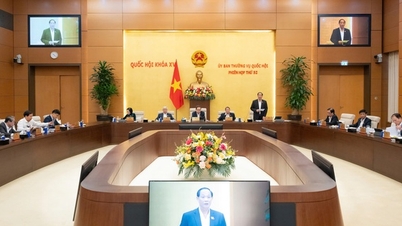
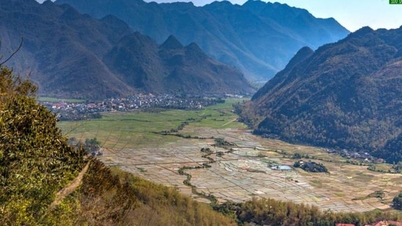
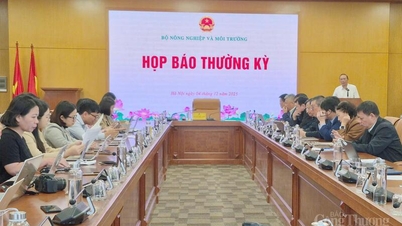


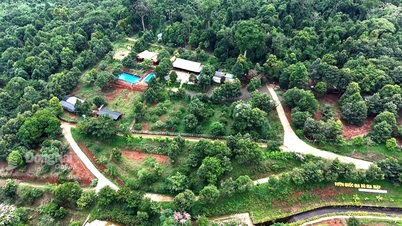

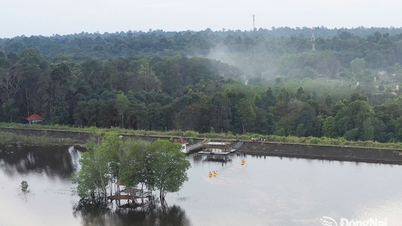
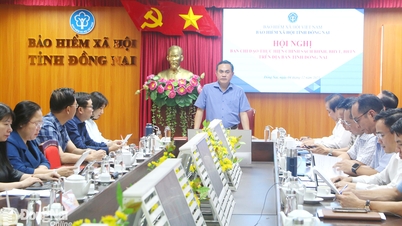
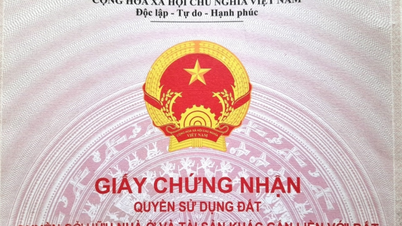












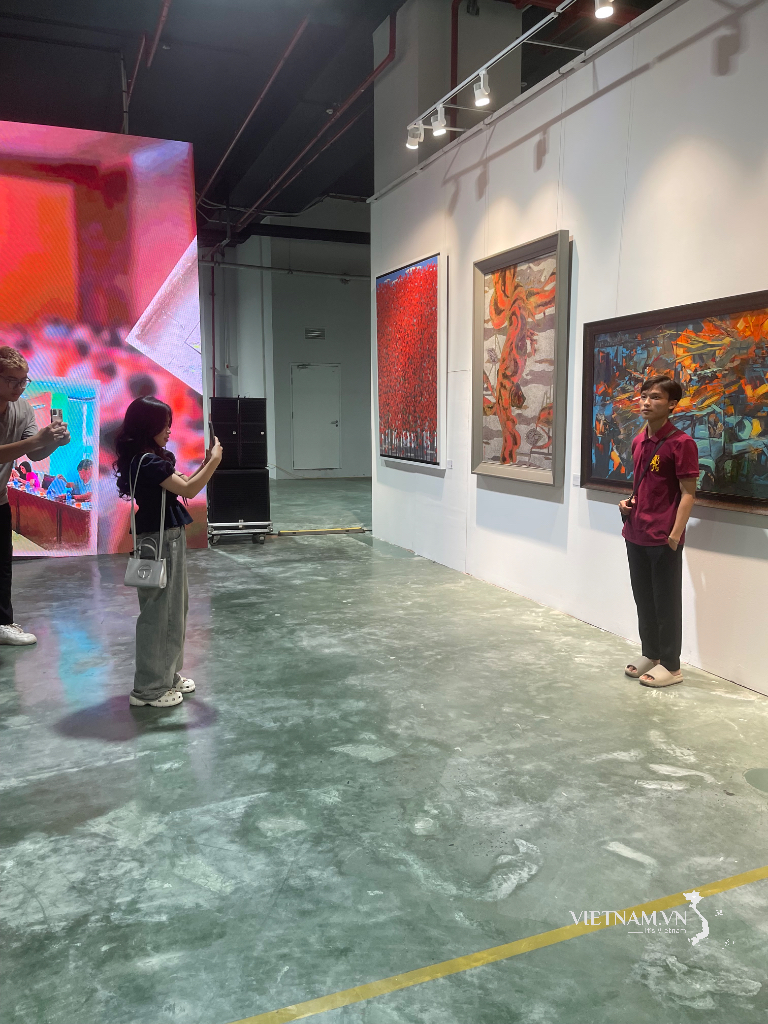

Comment (0)